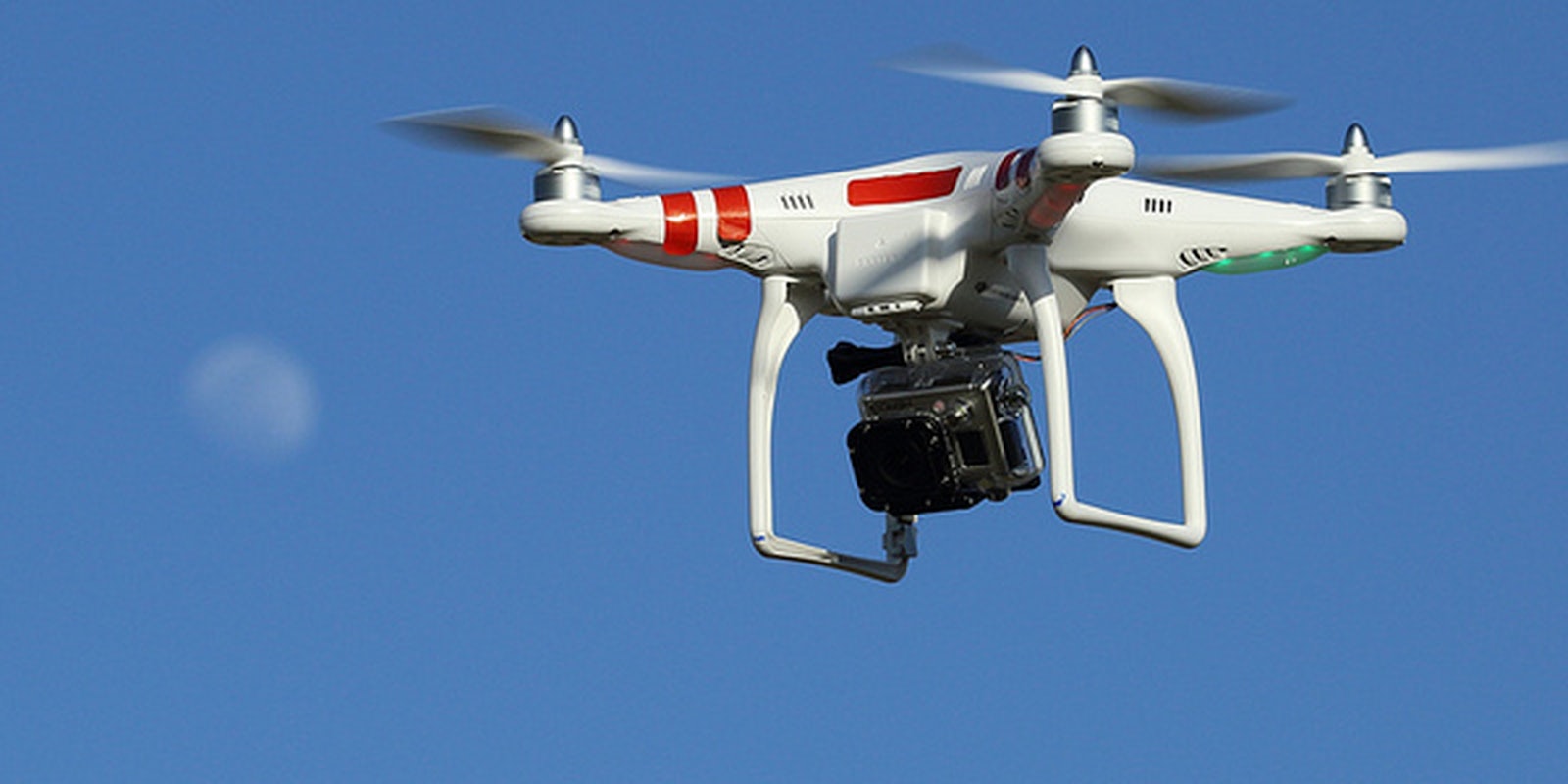By 2030, it is estimated that more than 30,000 drones will be flying over the U.S. Some will no doubt be friendly, others nefarious. A new guide has emerged on the Internet to help you learn the difference.
As RT reported, the guide contains silhouettes of various different types of drones, some of which are used for deadly force and others for scientific work. “Our ancestors could spot natural predators from far by their silhouettes. Are we equally aware of the predators in the present-day?” the guide states.
Published in 17 languages, from English to Pashto, to Norwegian to Tagalog, this guide covers everything from “Hiding From Drones” to “Hacking Drones.”
Aside from identifying drones, the guide covers different tactics to avoid their spying eye: “Small, portable GPS transmitters can send fake GPS signals and disrupt the Drones navigation systems.”
Further, it points out how reflective materials such as mirrors can be an easy way to fool drones, getting slightly philosophical at times: “One of the techniques for misleading a drone’s camera is putting reflective material on the rooftops of houses or cars (glass, mirror) to try to reflect sunlight into the drone’s camera, making this poster a useful tool to interfere with the drone’s sensors. On a more associative level the mirrored material reminds us that drone surveillance is ultimately people watching people. In a way we are looking at ourselves through sophisticated mirrors.”
Right now, the guide is as much science fiction as it is useful advice. But like any good science fiction, it looks at today’s technology and extrapolates a strange future that is perhaps not as far off as we’d like to imagine.
Photo by Don McCullough/Flickr



